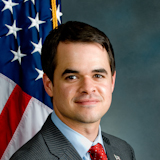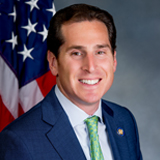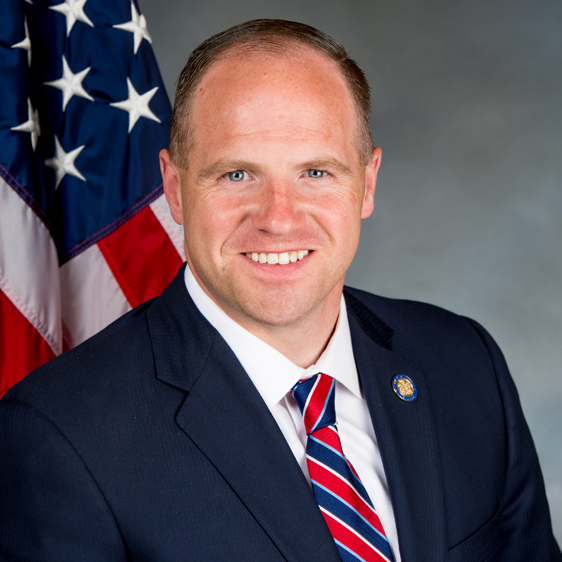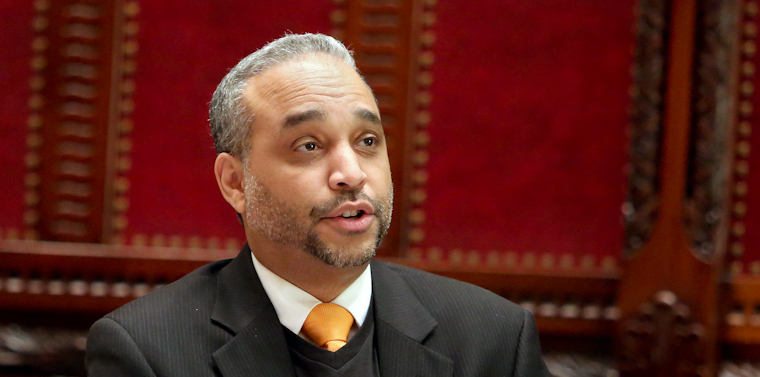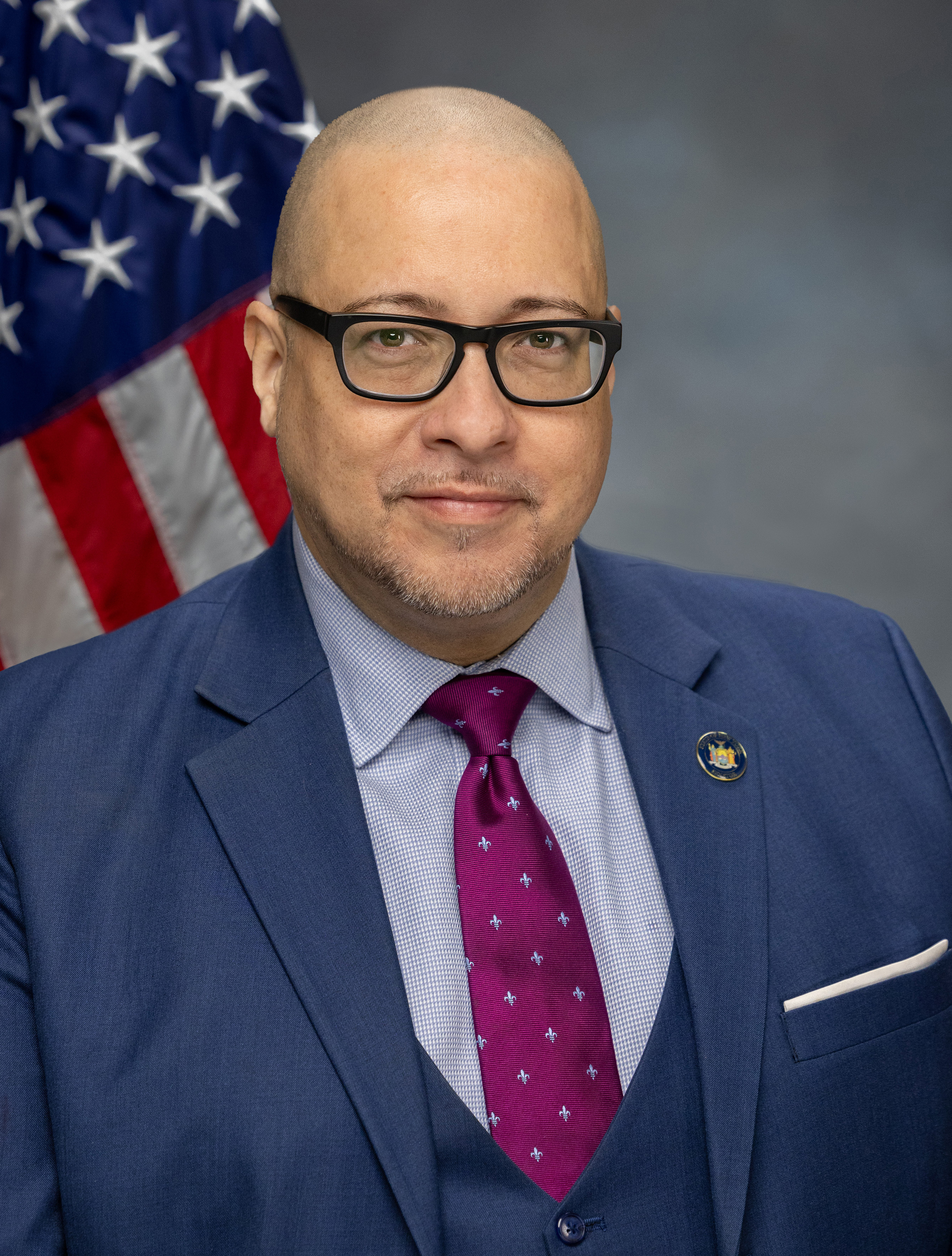S T A T E O F N E W Y O R K
________________________________________________________________________
2796
2017-2018 Regular Sessions
I N S E N A T E
January 17, 2017
___________
Introduced by Sens. KRUEGER, STEWART-COUSINS, BRESLIN, COMRIE, DILAN,
GIANARIS, HOYLMAN, KAMINSKY, LATIMER, MONTGOMERY, PARKER, PERALTA,
PERSAUD, RIVERA, SERRANO, SQUADRON, STAVISKY -- read twice and ordered
printed, and when printed to be committed to the Committee on Health
AN ACT to amend the public health law, in relation to enacting the
reproductive health act and revising existing provisions of law
regarding abortion; to amend the penal law, the criminal procedure
law, the county law and the judiciary law, in relation to abortion; to
repeal certain provisions of the public health law relating to
abortion; to repeal certain provisions of the education law relating
to the sale of contraceptives; and to repeal certain provisions of the
penal law relating to abortion
THE PEOPLE OF THE STATE OF NEW YORK, REPRESENTED IN SENATE AND ASSEM-
BLY, DO ENACT AS FOLLOWS:
Section 1. Legislative intent. The legislature finds that comprehen-
sive reproductive health care, including contraception and abortion, is
a fundamental component of a woman's health, privacy and equality. The
New York Constitution and United States Constitution protect a woman's
fundamental right to access safe, legal abortion, courts have repeatedly
reaffirmed this right and further emphasized that states may not place
undue burdens on women seeking to access such right.
Moreover, the legislature finds, as with other medical procedures, the
safety of abortion is furthered by evidence-based practices developed
and supported by medical professionals; any regulation of medical care
must have a legitimate purpose. Abortion is one of the safest medical
procedures performed in the United States; the goal of medical regu-
lation should be to improve the quality and availability of health care
services.
Furthermore, the legislature declares that it is the public policy of
New York State that every individual possesses a fundamental right of
privacy and equality with respect to their personal reproductive deci-
EXPLANATION--Matter in ITALICS (underscored) is new; matter in brackets
[ ] is old law to be omitted.
LBD08240-03-7
S. 2796 2
sions and should be able to safely effectuate those decisions, including
by seeking and obtaining abortion care, free from discrimination in the
provision of health care.
Therefore, it is the intent of the legislature to prevent the enforce-
ment of laws or regulations that are not in furtherance of a legitimate
state interest in protecting a woman's health that burden abortion
access.
§ 2. The public health law is amended by adding a new article 25-A to
read as follows:
ARTICLE 25-A
REPRODUCTIVE HEALTH ACT
SECTION 2599-AA. ABORTION.
§ 2599-AA. ABORTION. 1. A HEALTH CARE PRACTITIONER LICENSED, CERTI-
FIED, OR AUTHORIZED UNDER TITLE EIGHT OF THE EDUCATION LAW, ACTING WITH-
IN HIS OR HER LAWFUL SCOPE OF PRACTICE, MAY PERFORM AN ABORTION WHEN,
ACCORDING TO THE PRACTITIONER'S REASONABLE AND GOOD FAITH PROFESSIONAL
JUDGMENT BASED ON THE FACTS OF THE PATIENT'S CASE: THE PATIENT IS WITHIN
TWENTY-FOUR WEEKS FROM THE COMMENCEMENT OF PREGNANCY, OR THERE IS AN
ABSENCE OF FETAL VIABILITY, OR THE ABORTION IS NECESSARY TO PROTECT THE
PATIENT'S LIFE OR HEALTH.
2. THIS ARTICLE SHALL BE CONSTRUED AND APPLIED CONSISTENT WITH AND
SUBJECT TO APPLICABLE LAWS AND APPLICABLE AND AUTHORIZED REGULATIONS
GOVERNING HEALTH CARE PROCEDURES.
§ 3. Section 4164 of the public health law is REPEALED.
§ 4. Subdivision 8 of section 6811 of the education law is REPEALED.
§ 5. Sections 125.40, 125.45, 125.50, 125.55 and 125.60 of the penal
law are REPEALED, and the article heading of article 125 of the penal
law is amended to read as follows:
HOMICIDE[, ABORTION] AND RELATED OFFENSES
§ 6. Section 125.00 of the penal law is amended to read as follows:
§ 125.00 Homicide defined.
Homicide means conduct which causes the death of a person [or an
unborn child with which a female has been pregnant for more than twen-
ty-four weeks] under circumstances constituting murder, manslaughter in
the first degree, manslaughter in the second degree, OR criminally
negligent homicide[, abortion in the first degree or self-abortion in
the first degree].
§ 7. The section heading, opening paragraph and subdivision 1 of
section 125.05 of the penal law are amended to read as follows:
Homicide[, abortion] and related offenses; [definitions of terms]
DEFINITION.
The following [definitions are] DEFINITION IS applicable to this arti-
cle:
[1.] "Person," when referring to the victim of a homicide, means a
human being who has been born and is alive.
§ 7-a. Subdivisions 2 and 3 of section 125.05 of the penal law are
REPEALED.
§ 8. Subdivision 2 of section 125.15 of the penal law is REPEALED.
§ 9. Subdivision 3 of section 125.20 of the penal law is REPEALED.
§ 10. Paragraph (b) of subdivision 8 of section 700.05 of the criminal
procedure law, as amended by chapter 368 of the laws of 2015, is amended
to read as follows:
(b) Any of the following felonies: assault in the second degree as
defined in section 120.05 of the penal law, assault in the first degree
as defined in section 120.10 of the penal law, reckless endangerment in
the first degree as defined in section 120.25 of the penal law, promot-
S. 2796 3
ing a suicide attempt as defined in section 120.30 of the penal law,
strangulation in the second degree as defined in section 121.12 of the
penal law, strangulation in the first degree as defined in section
121.13 of the penal law, criminally negligent homicide as defined in
section 125.10 of the penal law, manslaughter in the second degree as
defined in section 125.15 of the penal law, manslaughter in the first
degree as defined in section 125.20 of the penal law, murder in the
second degree as defined in section 125.25 of the penal law, murder in
the first degree as defined in section 125.27 of the penal law,
[abortion in the second degree as defined in section 125.40 of the penal
law, abortion in the first degree as defined in section 125.45 of the
penal law,] rape in the third degree as defined in section 130.25 of the
penal law, rape in the second degree as defined in section 130.30 of the
penal law, rape in the first degree as defined in section 130.35 of the
penal law, criminal sexual act in the third degree as defined in section
130.40 of the penal law, criminal sexual act in the second degree as
defined in section 130.45 of the penal law, criminal sexual act in the
first degree as defined in section 130.50 of the penal law, sexual abuse
in the first degree as defined in section 130.65 of the penal law,
unlawful imprisonment in the first degree as defined in section 135.10
of the penal law, kidnapping in the second degree as defined in section
135.20 of the penal law, kidnapping in the first degree as defined in
section 135.25 of the penal law, labor trafficking as defined in section
135.35 of the penal law, aggravated labor trafficking as defined in
section 135.37 of the penal law, custodial interference in the first
degree as defined in section 135.50 of the penal law, coercion in the
first degree as defined in section 135.65 of the penal law, criminal
trespass in the first degree as defined in section 140.17 of the penal
law, burglary in the third degree as defined in section 140.20 of the
penal law, burglary in the second degree as defined in section 140.25 of
the penal law, burglary in the first degree as defined in section 140.30
of the penal law, criminal mischief in the third degree as defined in
section 145.05 of the penal law, criminal mischief in the second degree
as defined in section 145.10 of the penal law, criminal mischief in the
first degree as defined in section 145.12 of the penal law, criminal
tampering in the first degree as defined in section 145.20 of the penal
law, arson in the fourth degree as defined in section 150.05 of the
penal law, arson in the third degree as defined in section 150.10 of the
penal law, arson in the second degree as defined in section 150.15 of
the penal law, arson in the first degree as defined in section 150.20 of
the penal law, grand larceny in the fourth degree as defined in section
155.30 of the penal law, grand larceny in the third degree as defined in
section 155.35 of the penal law, grand larceny in the second degree as
defined in section 155.40 of the penal law, grand larceny in the first
degree as defined in section 155.42 of the penal law, health care fraud
in the fourth degree as defined in section 177.10 of the penal law,
health care fraud in the third degree as defined in section 177.15 of
the penal law, health care fraud in the second degree as defined in
section 177.20 of the penal law, health care fraud in the first degree
as defined in section 177.25 of the penal law, robbery in the third
degree as defined in section 160.05 of the penal law, robbery in the
second degree as defined in section 160.10 of the penal law, robbery in
the first degree as defined in section 160.15 of the penal law, unlawful
use of secret scientific material as defined in section 165.07 of the
penal law, criminal possession of stolen property in the fourth degree
as defined in section 165.45 of the penal law, criminal possession of
S. 2796 4
stolen property in the third degree as defined in section 165.50 of the
penal law, criminal possession of stolen property in the second degree
as defined by section 165.52 of the penal law, criminal possession of
stolen property in the first degree as defined by section 165.54 of the
penal law, trademark counterfeiting in the second degree as defined in
section 165.72 of the penal law, trademark counterfeiting in the first
degree as defined in section 165.73 of the penal law, forgery in the
second degree as defined in section 170.10 of the penal law, forgery in
the first degree as defined in section 170.15 of the penal law, criminal
possession of a forged instrument in the second degree as defined in
section 170.25 of the penal law, criminal possession of a forged instru-
ment in the first degree as defined in section 170.30 of the penal law,
criminal possession of forgery devices as defined in section 170.40 of
the penal law, falsifying business records in the first degree as
defined in section 175.10 of the penal law, tampering with public
records in the first degree as defined in section 175.25 of the penal
law, offering a false instrument for filing in the first degree as
defined in section 175.35 of the penal law, issuing a false certificate
as defined in section 175.40 of the penal law, criminal diversion of
prescription medications and prescriptions in the second degree as
defined in section 178.20 of the penal law, criminal diversion of
prescription medications and prescriptions in the first degree as
defined in section 178.25 of the penal law, residential mortgage fraud
in the fourth degree as defined in section 187.10 of the penal law,
residential mortgage fraud in the third degree as defined in section
187.15 of the penal law, residential mortgage fraud in the second degree
as defined in section 187.20 of the penal law, residential mortgage
fraud in the first degree as defined in section 187.25 of the penal law,
escape in the second degree as defined in section 205.10 of the penal
law, escape in the first degree as defined in section 205.15 of the
penal law, absconding from temporary release in the first degree as
defined in section 205.17 of the penal law, promoting prison contraband
in the first degree as defined in section 205.25 of the penal law,
hindering prosecution in the second degree as defined in section 205.60
of the penal law, hindering prosecution in the first degree as defined
in section 205.65 of the penal law, sex trafficking as defined in
section 230.34 of the penal law, criminal possession of a weapon in the
third degree as defined in subdivisions two, three and five of section
265.02 of the penal law, criminal possession of a weapon in the second
degree as defined in section 265.03 of the penal law, criminal
possession of a weapon in the first degree as defined in section 265.04
of the penal law, manufacture, transport, disposition and defacement of
weapons and dangerous instruments and appliances defined as felonies in
subdivisions one, two, and three of section 265.10 of the penal law,
sections 265.11, 265.12 and 265.13 of the penal law, or prohibited use
of weapons as defined in subdivision two of section 265.35 of the penal
law, relating to firearms and other dangerous weapons, or failure to
disclose the origin of a recording in the first degree as defined in
section 275.40 of the penal law;
§ 11. Subdivision 1 of section 673 of the county law, as added by
chapter 545 of the laws of 1965, is amended to read as follows:
1. A coroner or medical examiner has jurisdiction and authority to
investigate the death of every person dying within his county, or whose
body is found within the county, which is or appears to be:
(a) A violent death, whether by criminal violence, suicide or casual-
ty;
S. 2796 5
(b) A death caused by unlawful act or criminal neglect;
(c) A death occurring in a suspicious, unusual or unexplained manner;
(d) [A death caused by suspected criminal abortion;
(e)] A death while unattended by a physician, so far as can be discov-
ered, or where no physician able to certify the cause of death as
provided in the public health law and in form as prescribed by the
commissioner of health can be found;
[(f)] (E) A death of a person confined in a public institution other
than a hospital, infirmary or nursing home.
§ 12. Section 4 of the judiciary law, as amended by chapter 264 of the
laws of 2003, is amended to read as follows:
§ 4. Sittings of courts to be public. The sittings of every court
within this state shall be public, and every citizen may freely attend
the same, except that in all proceedings and trials in cases for
divorce, seduction, [abortion,] rape, assault with intent to commit
rape, criminal sexual act, bastardy or filiation, the court may, in its
discretion, exclude therefrom all persons who are not directly inter-
ested therein, excepting jurors, witnesses, and officers of the court.
§ 13. This act shall take effect immediately.








